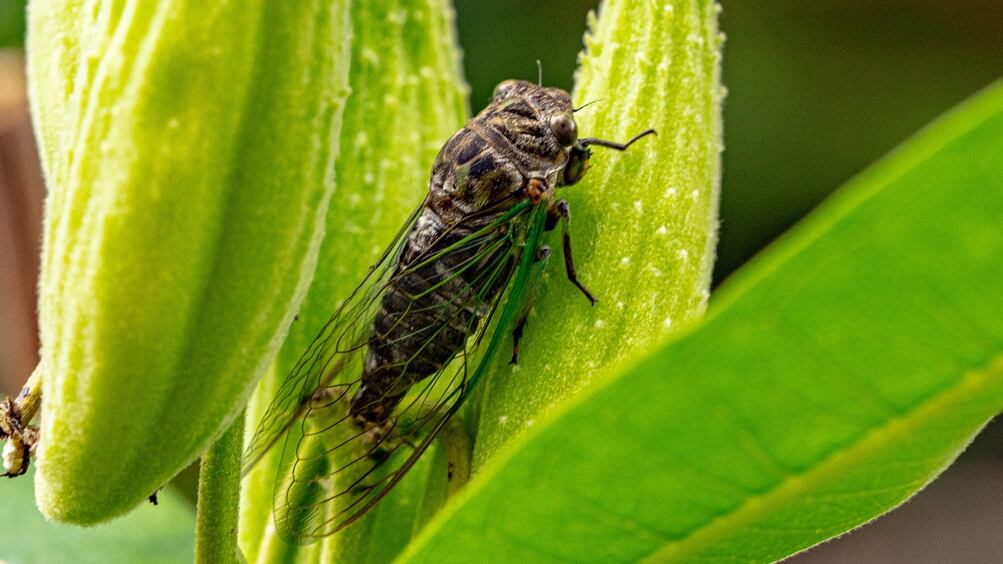Starting later this month, cicadas are expected to start emerging around the United States.
Around seventeen states in the South and Midwest will see two broods of cicadas, according to Reuters. One of the broods is on a 17-year cycle and the other is on a 13-year cycle. These broods come out together every 221 years. The last time it happened was in 1803.
University of Connecticut cicada expert John Cooley called it “cicada-geddon,” according to The Associated Press. The broods are called Brood XIX and Brood XIII. There are about 3,000 species of cicadas around the world, but only nine are periodical. Seven of the nine are found in the U.S., Reuters reported.
Brood XIX will be seen in Alabama, Arkansas, Georgia, Indiana, Illinois, Kentucky, Louisiana, Maryland, Missouri, Mississippi, North Carolina, Oklahoma, South Carolina, Tennessee and Virginia, according to Reuters. Brood XIII will be seen in northern Illinois, eastern Iowa, southern Wisconsin and a few counties in northwestern Indiana.
“This is the first time these two broods are going to be emerging in the same year since Thomas Jefferson was in the White House and the same year as the Louisiana Purchase,” said entomologist Floyd Shockley of the Smithsonian’s National Museum of Natural History, according to Reuters.
Cicadas can oftentimes be mistaken for locusts, according to the AP. Periodical cicadas can be more annoying than anything. They do, however, hurt some trees and fruit crops, but further damage can be prevented.
They will come out in early May 2024, if not sooner, and die at the end of June. The number of cicadas seen this year could be over a trillion, the AP reported. They are about one to two inches long.
“They live as adults for just a few short weeks and then die after reproducing. In total, the adult portion of their extremely long lives is less than 0.5% of their total life - 99.5% of their life is spent underground,” George Washington University entomologist John Lill said, according to Reuters.
© 2024 Cox Media Group










